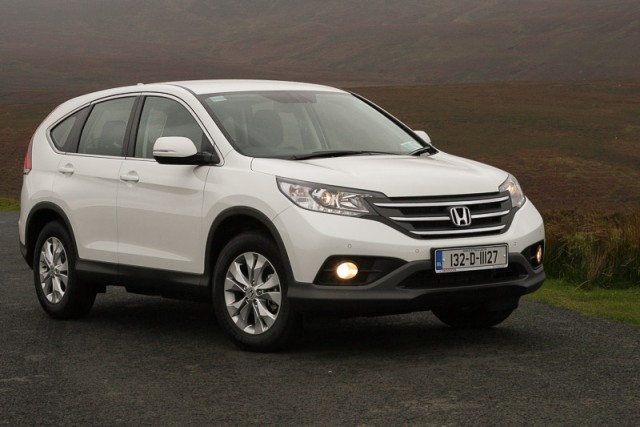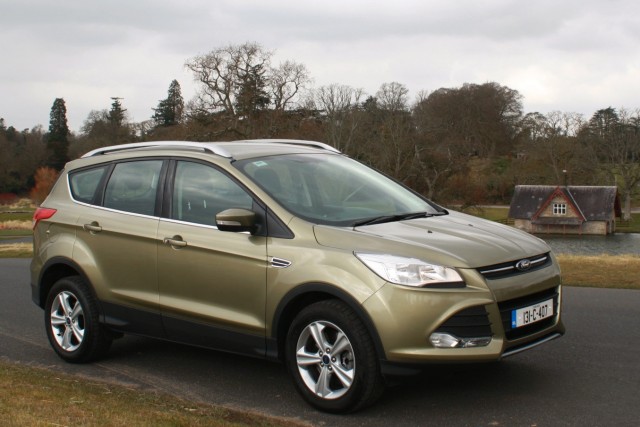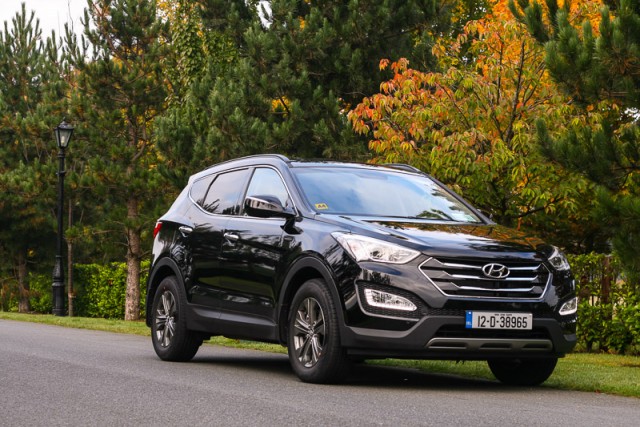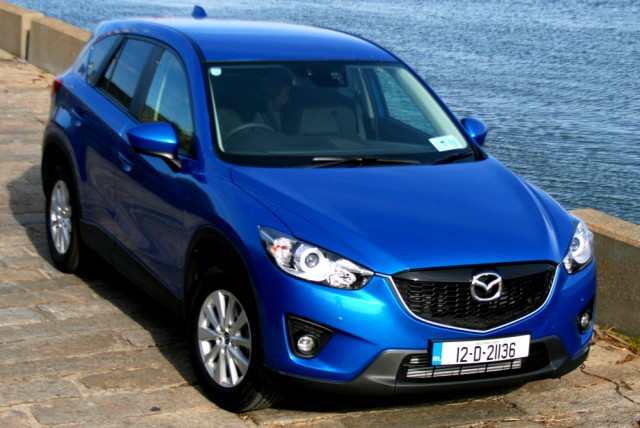Good: quality, likely reliability, superb engine, comfort, space.
Not so good: cabin lacks premium-level quality, poor traction, indifferent ride and handling.
I'll admit to being a touch underwhelmed by the current Honda CR-V when I first sampled it in 2.2-litre diesel form. The previous CR-V may not have been much of a looker (it's quirky to say the least) but in terms of comfort, a feeling of genuine quality and seriously good interior space it was a winner. So much so that I convinced my father-in-law to buy one and, seven years on, he still considers that to have been sage advice.
The current car fixed the styling (it's much more conventionally handsome now) but lost much, if indeed not all, of the previous CR-V's high quality cabin in the process. Hopefully this version, the 1.6 i-DTEC, can compensate with a significantly lower entry price than the 2.2.
You can save yourself the guts of €6,000 by sacrificing 600cc, and that's primarily because the 1.6-litre version of the CR-V is three tax bands further down the pile than the 2.2. It's also front-wheel drive only for now (which helps trim its kerb weight of course) and that adds up to a CO2 emissions rating of 119g/km. Yup, this is a full-size SUV that you can tax for just €200 a year. To put this into perspective, that's just €10 a year more than this author's own 1.6-litre diesel MINI Cooper. (You do have to stick to the standard 17-inch wheels to get that emissions figure though - go for the optional 18s and the CR-V climbs a tax band to B1 and a €270 a year outlay. That's still less by far than the €390 annual cost of taxing a 2.2-litre diesel CR-V, mind.)
That's a remarkable figure, as is the claimed average economy of better than 60mpg. The nice thing is that Honda isn't telling consumption porky pies either. We managed a pretty easy 50mpg overall and that was with frequent full loads of kids, bikes etc. and some, ahem, spirited driving over the passes of the Mourne Mountains.
The CR-V copes well with a bit of spirited driving too. You might be concerned that a mere 1.6-litre engine couldn't shift its bulk with any conviction but it's simply not the case. For a start, the CR-V weighs in at a relatively trim 1,500kg and besides, this 1.6 is the same engine we've previously experienced in the Civic and it's nothing short of a belter. It revs quickly and smoothly round to its redline, delivers its 300Nm torque punch in one fluid motion from 2,000rpm and never raises its voice to an unpleasant register. It's cracking, what more can we say?
The shame of it is that the brilliance (only word for it) of the engine does tend to highlight some of the CR-V's less impressive aspects. The ride and handling, for instance, are simply not great. Not bad either, and certainly not terrible, but just a little uninspiring. A Ford Kuga has it well kicked for steering precision and driver involvement while a Mazda CX-5 has a much calmer, more absorbent ride quality. It also breaks traction surprisingly easily - perhaps that's hardly surprising with a that big wallop of low-down torque, but having the front wheels on your SUV scrabbling for grip exiting a damp junction is a less than enjoyable experience.
Refinement too could be better. There's noticeable tyre roar and an irritating boom coming up from the boot at cruising speeds. Again, it's nothing too terrible but we know Honda can do much, much better than this.
Sadly, that's still the case for the cabin. The problem is one of perception, more than anything else. In the US - the primary market for the CR-V - Honda is very much a mainstream brand, competing head on with the likes of Toyota, Ford and Chevrolet. Here in Europe though, we consider (and have been sold and marketed into believing) Honda to be a semi-premium brand, capable of mixing it with BMW and Audi. It's this comparison that shows the CR-V's cabin in rather unkind relief. The actual quality of construction is not in doubt, but the layout, the feel of the plastics and irritating things like the fiddly instruments and infotainment system leave the CR-V well adrift of its (admittedly more expensive) German rivals. It's a better competitor for the Ford Kuga and Mazda CX-5, but then it's also a little more expensive than either of those.
At least the semi-legendary cabin space of the old CR-V has been retained - it's just massive in there, taking pretty much any comparable rival to the cleaners. The boot is an utterly massive 589 litres too, a fact that makes both the Ford and Mazda (and even the bigger, more expensive Hyundai Santa Fe) look to their luggage lugging laurels.
The thing is that the CR-V is actually an excellent car. It's terrifically economical, comfortable, spacious, practical, well-priced and, given Honda's reputation in such matters, should be providing reliable, trouble-free motoring for many, many years to come. In fact, you could well be passing it on to your kids, even if you don't have any yet...
What lets it down is the lack of a premium-style sheen, the kind of thing with which Volkswagen so effortlessly seems to provide its cars. There's no getting away from the fact that it just doesn't feel as classy as it could or should do and that hurts its chances. Which is a shame, as with that 1.6 engine and its efficiency, it represents something of a genuine breakthrough in the SUV class.































